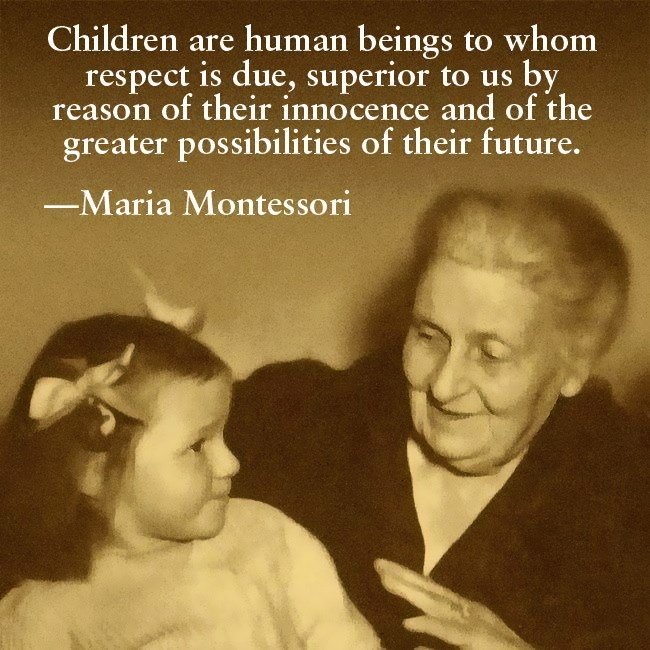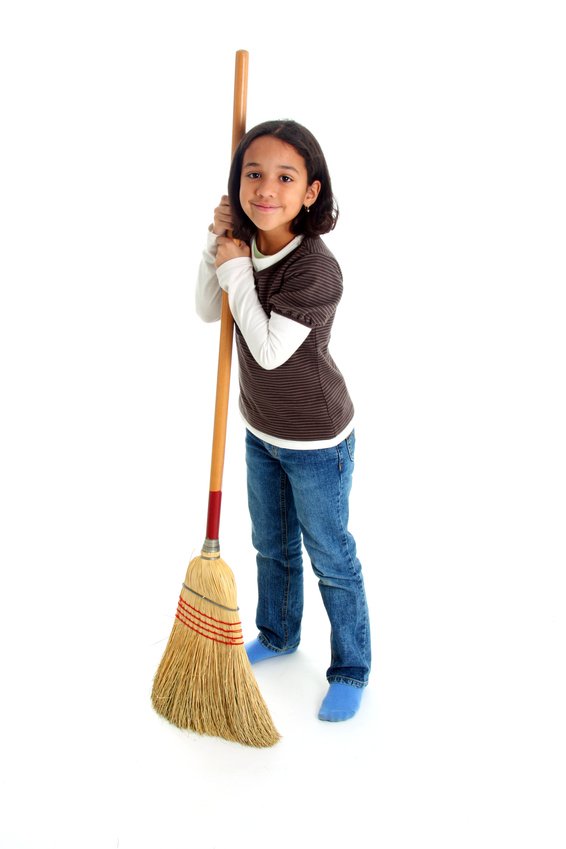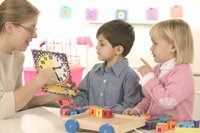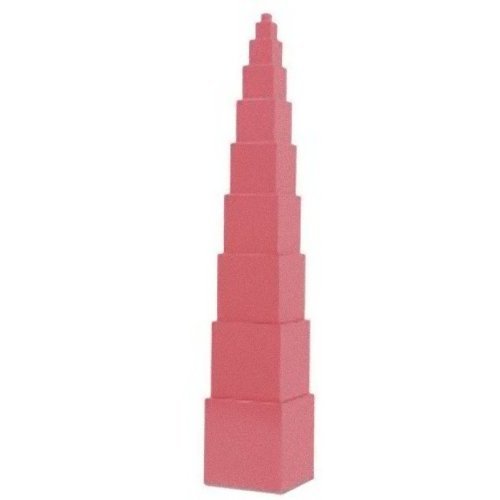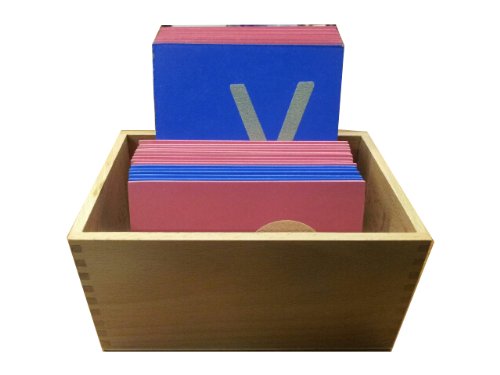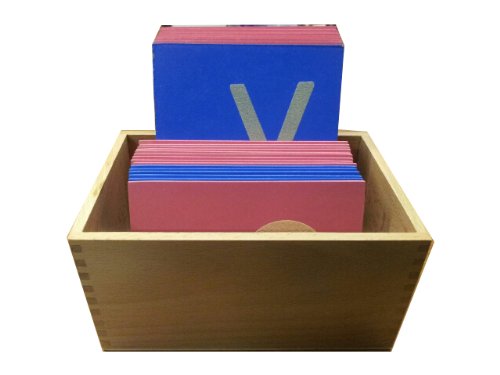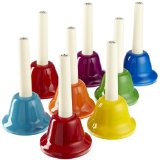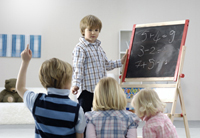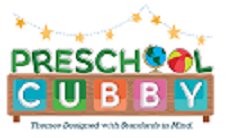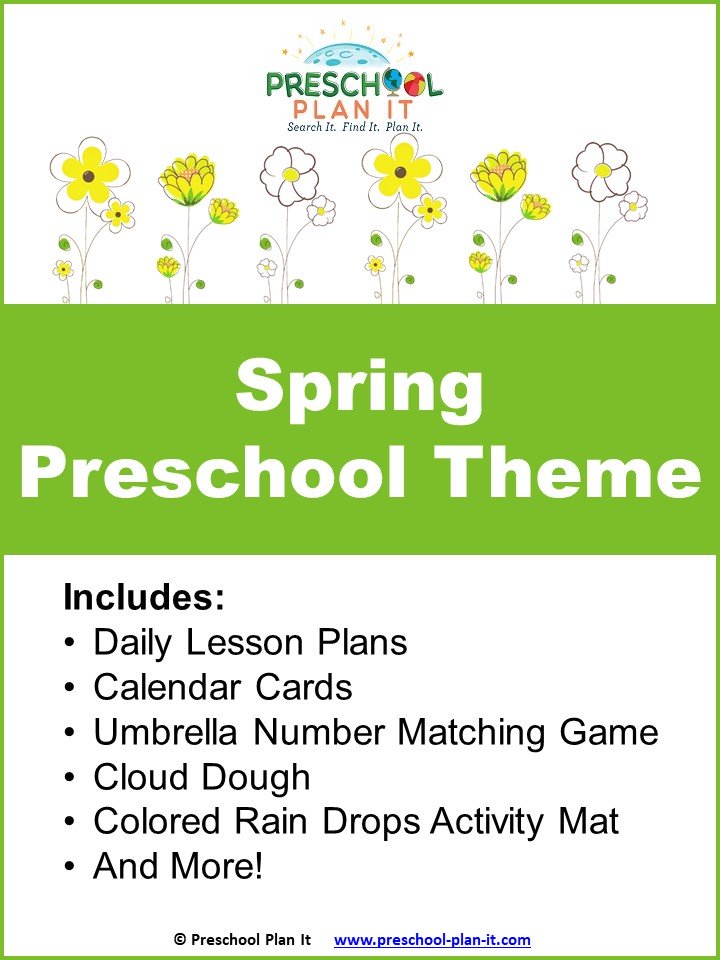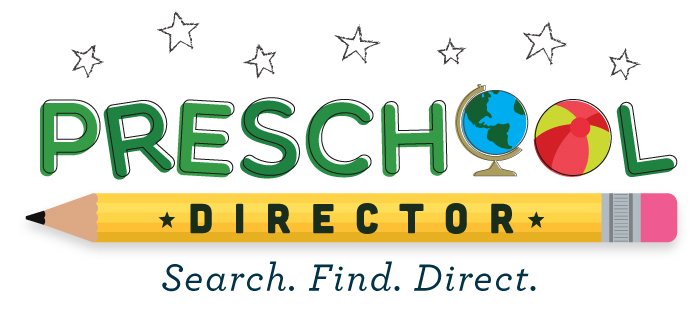Preschool Montessori Classroom
If you visit a Montessori classroom, you will find many things the same as a traditional preschool classroom. You will also find differences. Some differences will be because of the culture of the area. There may be other differences because of the interpretation of Montessori's methods.
Maria Montessori was a doctor who worked with developmentally delayed children in Rome. She discovered that if she observed children she could discover much about what they needed in order to learn and flourish. Montessori was one of the first people to see the importance of observing children in order to plan an appropriate environment and curriculum to meet their needs.
Montessori discovered that children, by nature, are curious and wish to learn. She also discovered that given the appropriate environment and materials children will choose to apply themselves to learning.
Montessori was one of the first people to create an environment specifically for small children. Her schools were eventually referred to as "children's houses" partially because she created child sized furniture and kept materials where children could reach them on low shelves.
Montessori Classroom Environment
The environment in a preschool Montessori classroom is still very important. Classrooms are arranged in a pleasant way with low shelves for materials. Tables and chairs are just the right size for the children. The total environment is aesthetic and interesting. The classroom is divided into several interest areas.
As she observed the children in her care Montessori realized that children are more likely to stay focused if they are doing something real rather than something contrived. Children took pride in their environment as they took care of it themselves.
She provided them with small brooms and dustpans. She found small pitchers the children could use in order to pour their own drinks. She believed that small children should learn every day living skills that would serve them the rest of their lives.
Children in the classroom are still encouraged to clean tables prepare their own snacks, sweep floors and put everything away when they are done. Children who are confident that they can take care of their environment and take care of their own needs develop self esteem.
Montessori Classroom Theory
The curriculum in a Montessori school will include life skills, math, language arts, music, art, natural science, library and usually geography and history as they relate to the child. Maria Montessori created some basic materials still used in Montessori preschools today. She felt that the best way for children to learn was to manipulate materials (hands-on activities). Most of her materials were created so that they had a built in element to help children self-check their work.
Some of the most well known materials are the "pink tower," "sand-paper letters(upper case and lower case) " and the "tone bells." Click the pictures to read more information.
She developed materials for each subject area. These materials are placed on the shelf from left to right and top to bottom going from the simple to the complex and concrete to abstract. Children can work with a particular material until they feel they are ready to continue on to the next level. Many materials can be used over and over again to teach a different skill at varying levels of development.
The adults in the classroom are called directresses or guides rather than teachers. These adults have been trained in Montessori methods. The job of these adults is to facilitate learning. The children choose what materials they want to work with. They are allowed to work with those materials until they are satisfied that they have mastered a particular skill. The directress does not work with large groups of children but works with individuals or small groups as she sees the need.
The main thing that seems to make a Montessori classroom unique is the fact that classrooms are set up in multi-age groups. Children in preschool are often three years to six years old. The advantages of a mixed age group are many.
The younger children learn from the older children - sometimes they learn by watching the older children at work, and sometimes the older children actually teach the younger children how to do something. I have often heard it said that the best way to learn something is to teach it. Both the older children and the younger children have an advantage while working in a peer tutor relationship.
Children are always allowed to work on skills at whatever developmental level suits them. Therefore a three year-old who is ready to read might be working on reading right along with the four and five year-olds. An older child who has not mastered all of the skills typical of children his own age has an opportunity to learn the materials in his present environment.
Children in a Montessori classroom ideally spend three years with the same teachers and the same group of children. Many children do not grow up in a stable environment. Imagine what it would mean for those children to have the stability they would get in a Montessori classroom. Continuity is so important in the lives of children. The teachers get to know the children well because only a third of her class is new each year.
Teachers also have an opportunity to get to know the families of the children in their care. They are usually aware of family values and traumatic events in the lives of their children. They have plenty of time to become familiar with the child's culture and traditions. They have time to tune in to what learning style works best for each child.
The children have plenty of time to become comfortable in the school setting. When they start school in the fall it takes returning students little if any time to relearn the routine and become comfortable with the familiar environment. Children who are in their first year of school learn routines more quickly because two thirds of the class serve as role models.
If you observe a Montesorri classrom you will see that the children have a high degree of independence and are pretty focused on their work.
Montessori Classroom Thoughts
Some think that Montessori classrooms are too strict and structured. Others think they are too chaotic. There is a wide enough difference in Montessori classrooms to cause these controversial points of view.
Most Montessori classrooms display an underlying structure but children are busy with "hands-on activities." Some children were working alone and others were working on projects together.
There are many aspects of a Montessori classroom that meet standards of quality for early childhood programs, such as the National Association for the Education of Young Children (NAEYC):
- Child centered environment
- Respectful interactions between adults and children
- Family friendly program
- Hands-on child directed activities
- Intrinsic motivation to learn,
- Opportunities for children to learn social skills as they work with other children in small groups, and
- "Freedom within limits"
In addition, Montessori classrooms provide a consistency of caregivers and guides (teachers) who facilitate learning. Visit a Montessori school near you and see it all in action!
Read more about the Montessori Classroom and Methodology by reviewing Amazon's list of Montessori BooksGo to the main Preschool Curricula page to research other approaches!
Go to Preschool Professor's HOME Page
